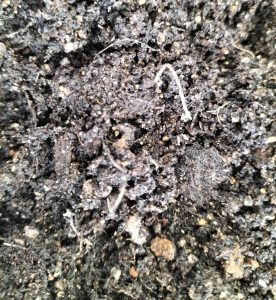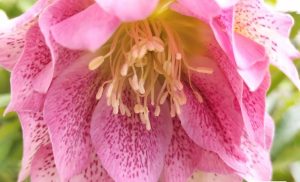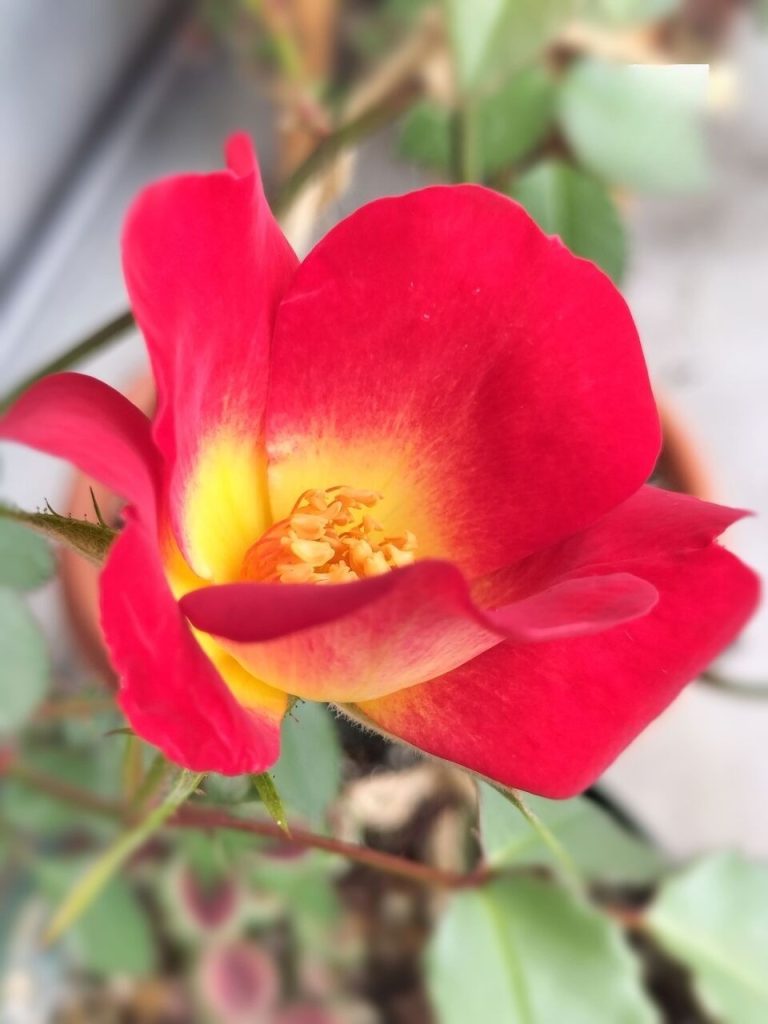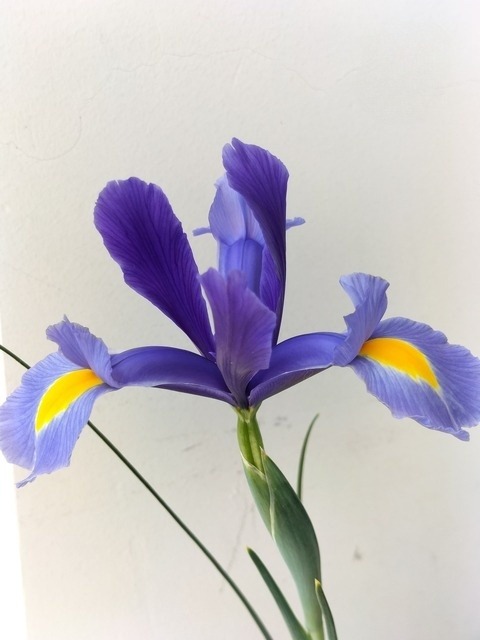Natural gardening: Relationship with insects➁
I started gardening on my balcony last fall, using natural cultivation without fertilizers or pesticides.
With spring just around the corner, I would like to write about how things have been with insects up until now.
Last time here.Natural cultivation gardening: how to deal with pests①.
First, let’s look at the Antique Viola Frosted Chocolate Premium, which claims to be free of fertilizers and pesticides, but we suddenly gave it Ortolan last time due to a difficult decision.
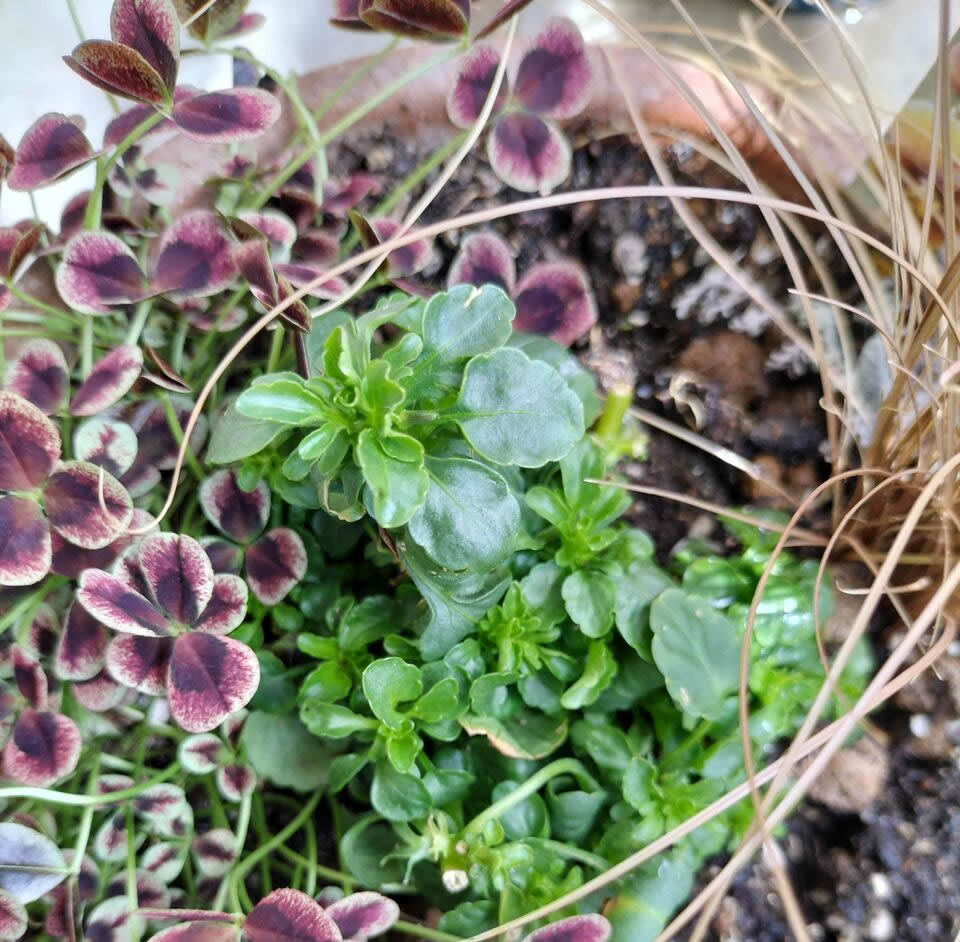
Yeah, I feel like I’m getting better.
The stems are getting longer, and the ones that have grown the longest look like they are about to form buds. Yay!
After all, it might be a good idea to apply insecticides to weak plants to repel insects, and then stop them once they are healthy.
Viola is an annual and I couldn’t wait for it to get better, so I gave it Ortolan.
Calibrachoa ‘Uno Double’ orange was grown over winter without fertilizers or pesticides in order to make it a perennial.
This is the stock I bought last spring. It was damaged by scale insects and almost didn’t bloom in the summer.
Even if I gave Ortolan blue, the scale insects remained, and even in autumn they were not very energetic.
However, I was looking forward to seeing the flowers, but I couldn’t see them, so I decided to leave them alone in Sparta and spend the winter.
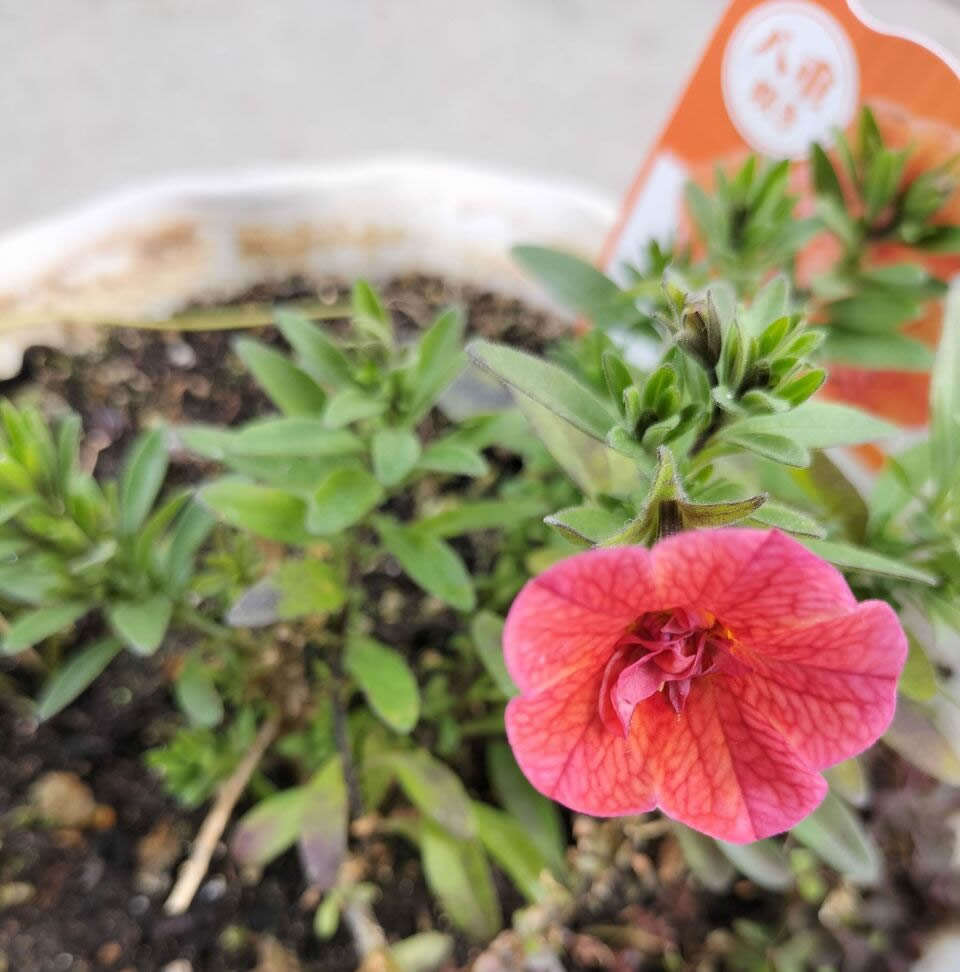
At that time, branches infested with scale insects and other insects were cut off, leaving only a few leaves.
Of course, I didn’t apply any fertilizer or pesticides, I just placed it in a sunny but well-ventilated place, and only watered it a few days after the soil had dried.
This year’s winter was warm, so they put out a lot of leaves, bloomed on days when the lowest temperature was 0 degrees Celsius, and survived the winter in good spirits.
Before I knew it, scale insects disappeared, and as a result, I still have zero.
I checked today and found several aphids on the underside of the damaged leaves, so I removed the leaves themselves.
As I was observing it, I thought that this Calibrachoa seems to have densely packed leaves, so it might be prone to insects.
This is my first Calibrachoa and I don’t know about any others, but it might be a good idea to remove excess leaves and buds fairly frequently to improve air circulation.
I have a lot of buds now, and I feel like my plants are healthier.
I’m looking forward to this summer.
Next up is Bellflower, which is already in its third or fourth year.
It was also after last summer that scale insects appeared on the roots for the first time since I planted them.
I didn’t give any fertilizer or pesticides because I didn’t care if it got damaged, and I cut off the roots of the areas where there were a lot of scale insects and disposed of them, and I cleaned the areas that didn’t have insects or had only a few insects and left them as they were. .
Is it okay if the pot is too crowded? I wonder if I’ve reduced it to what I thought it would be.
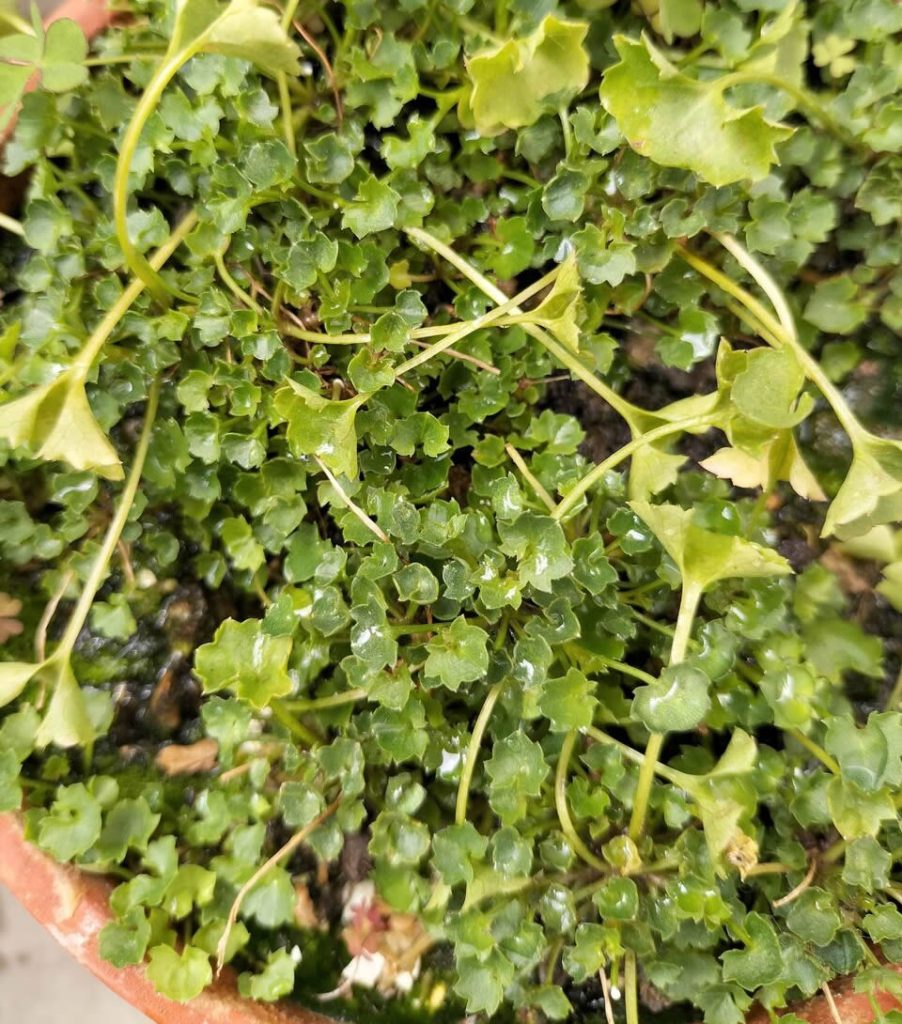
After that, I didn’t see any scale insects.
There are no aphids, and the plants are now producing new buds.
By the way, my Gazania, which is about 6 years old, also had scale insects for the first time last year.
This too was not cured by Ortolan, but the number of worms has been reduced to zero.
Maybe ventilation is important after all.
Finally, the rose “Cocktail” made me think that it was possible to live without fertilizers or pesticides.
I received a new pot of cuttings last spring, and since then I have grown them without fertilizers or pesticides, and they have survived the summer without any disease or insect damage.
As mentioned above, we suffered quite a bit from scale insects last year, but these roses have been doing well without any fertilizers or pesticides, so maybe natural cultivation will do better? That’s what made me suspect.

In fact, I placed it right next to the Antique Viola Frosted Chocolate Premium mentioned at the beginning, and there was no aphid damage at all, so I guess it’s good that it’s free of fertilizers and pesticides.
Even now, new shoots are developing one after another, but nothing is attached to it, so I would like to continue observing it and grow it without fertilizers or pesticides.
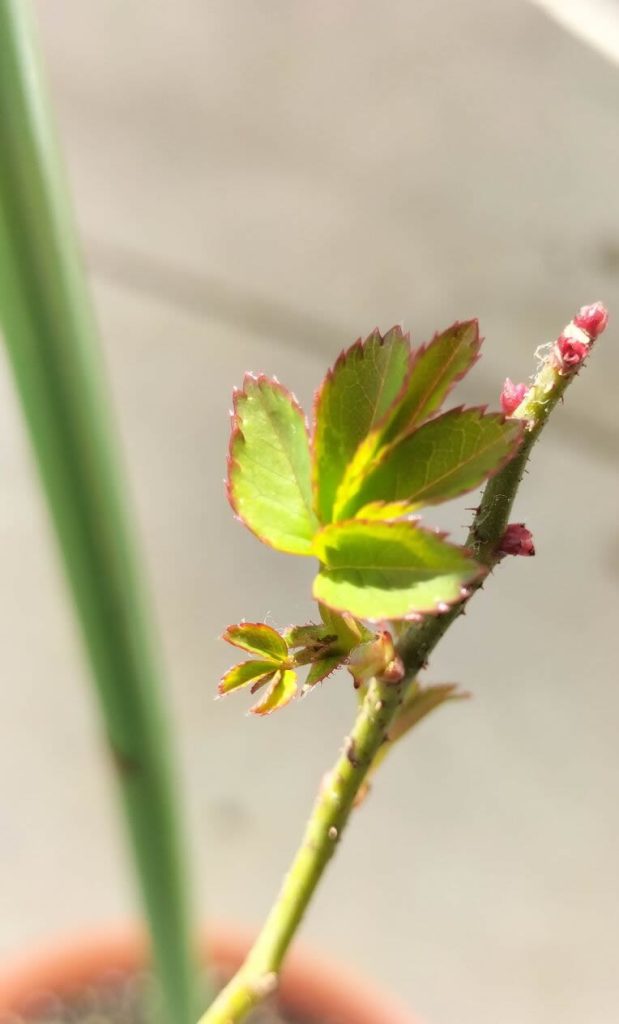
I guess this is what it looks like at the moment.
Insects are about to come out? so I want to keep observing them constantly and enjoy natural cultivation.

